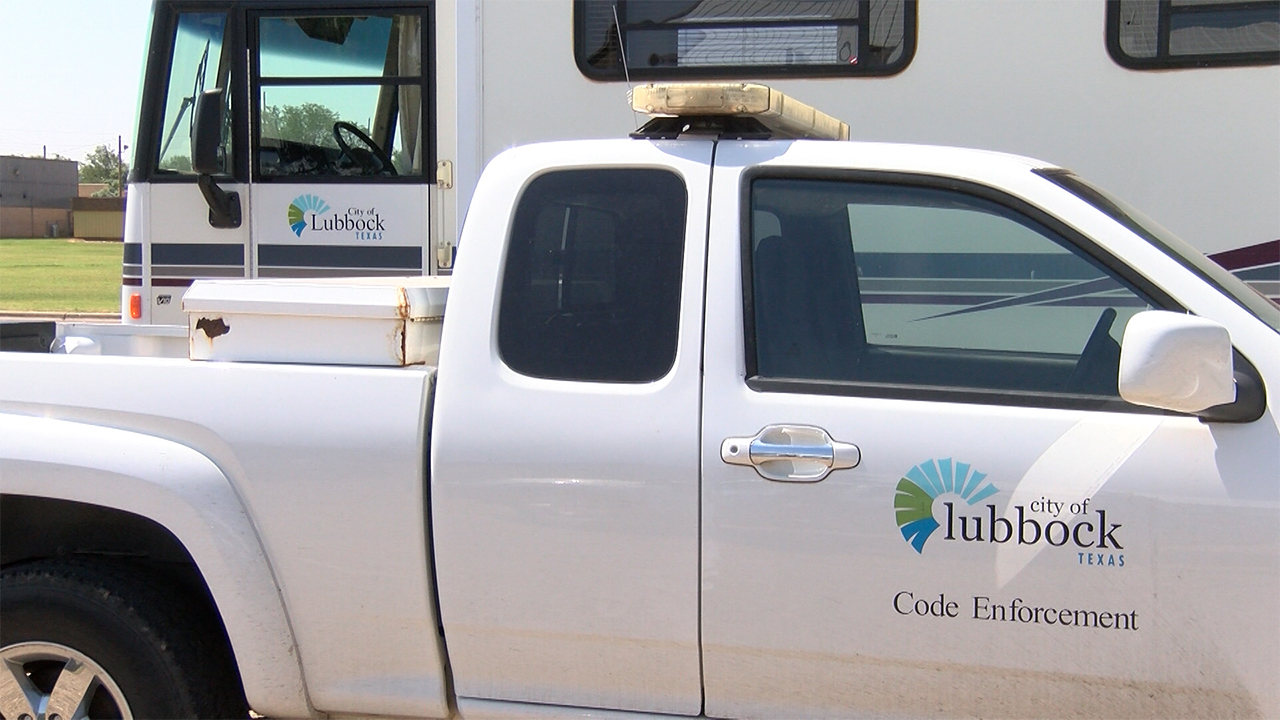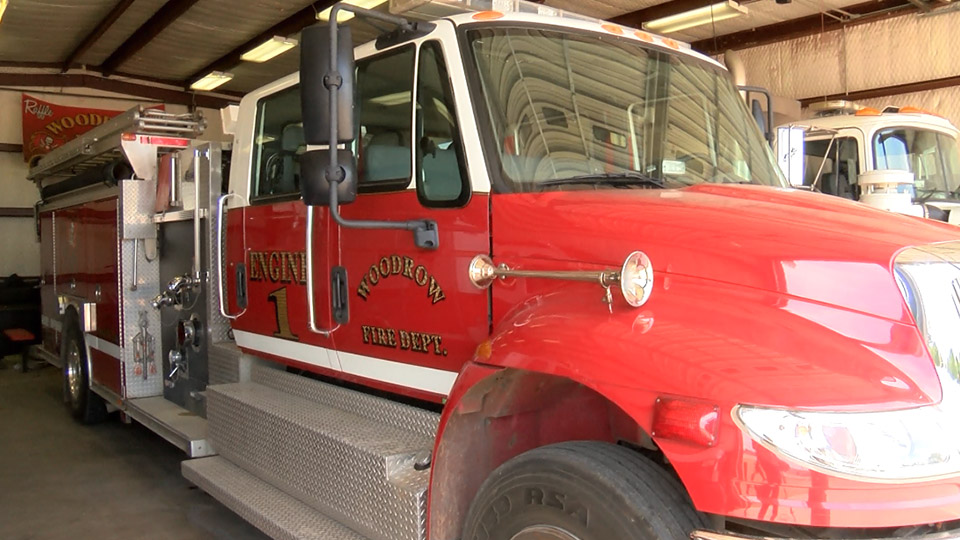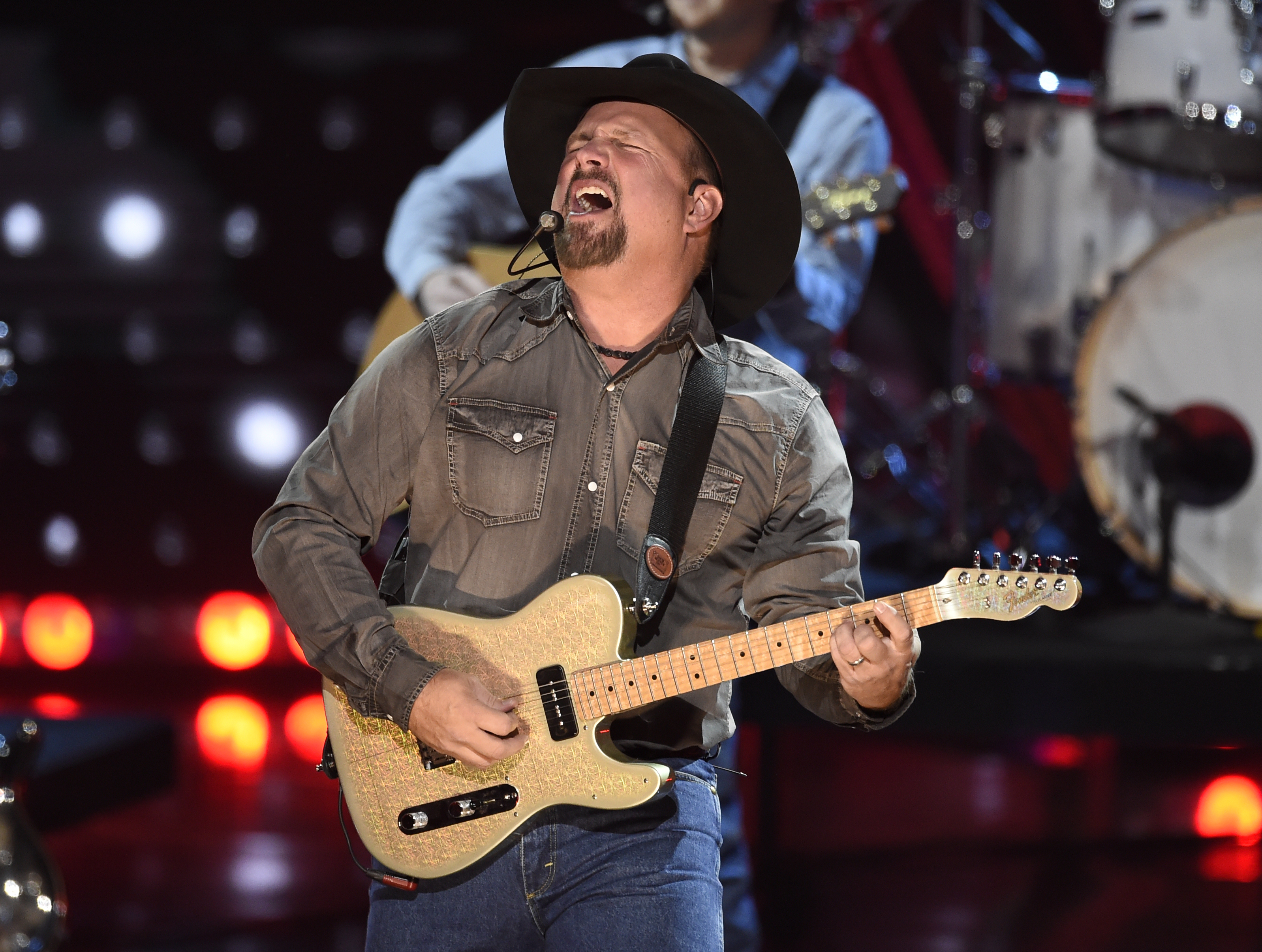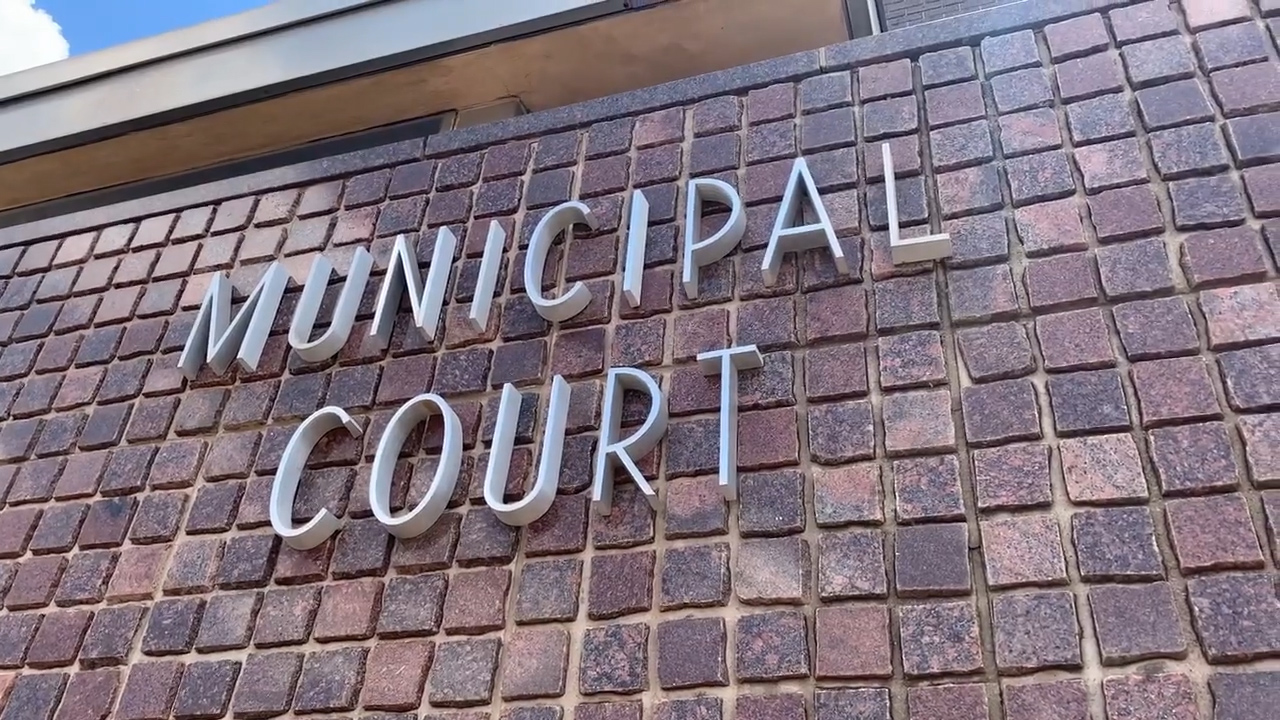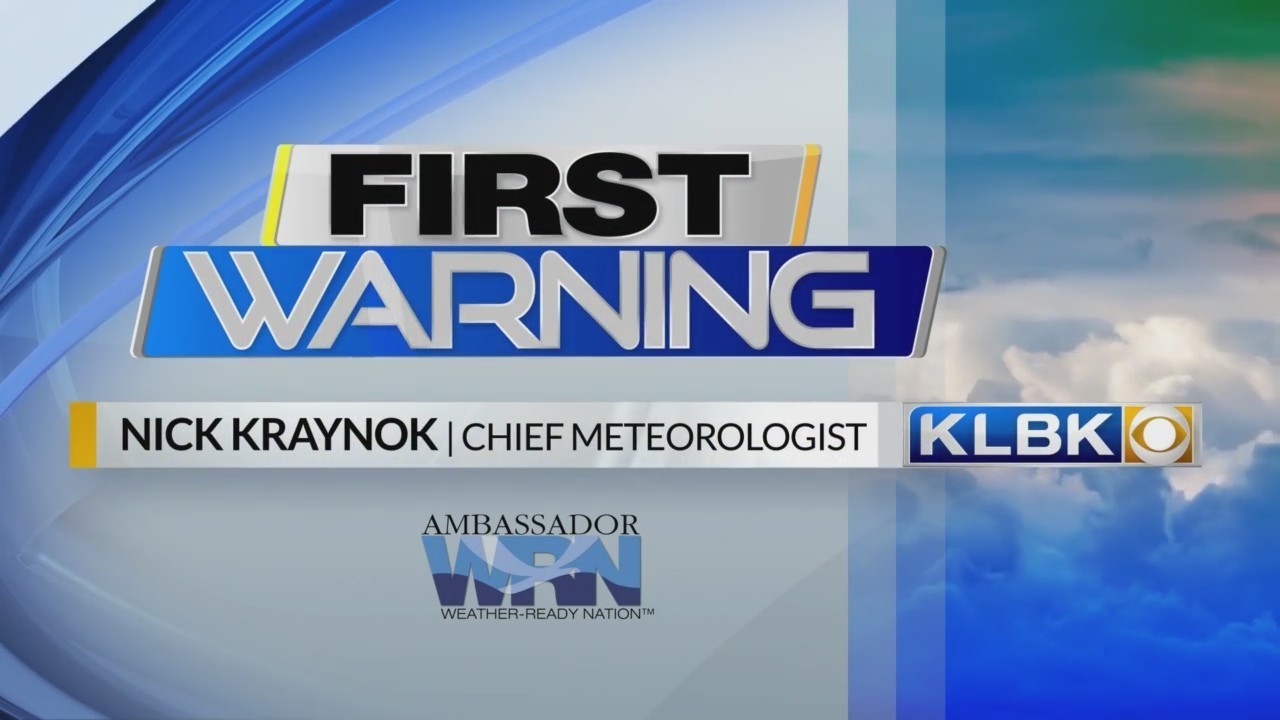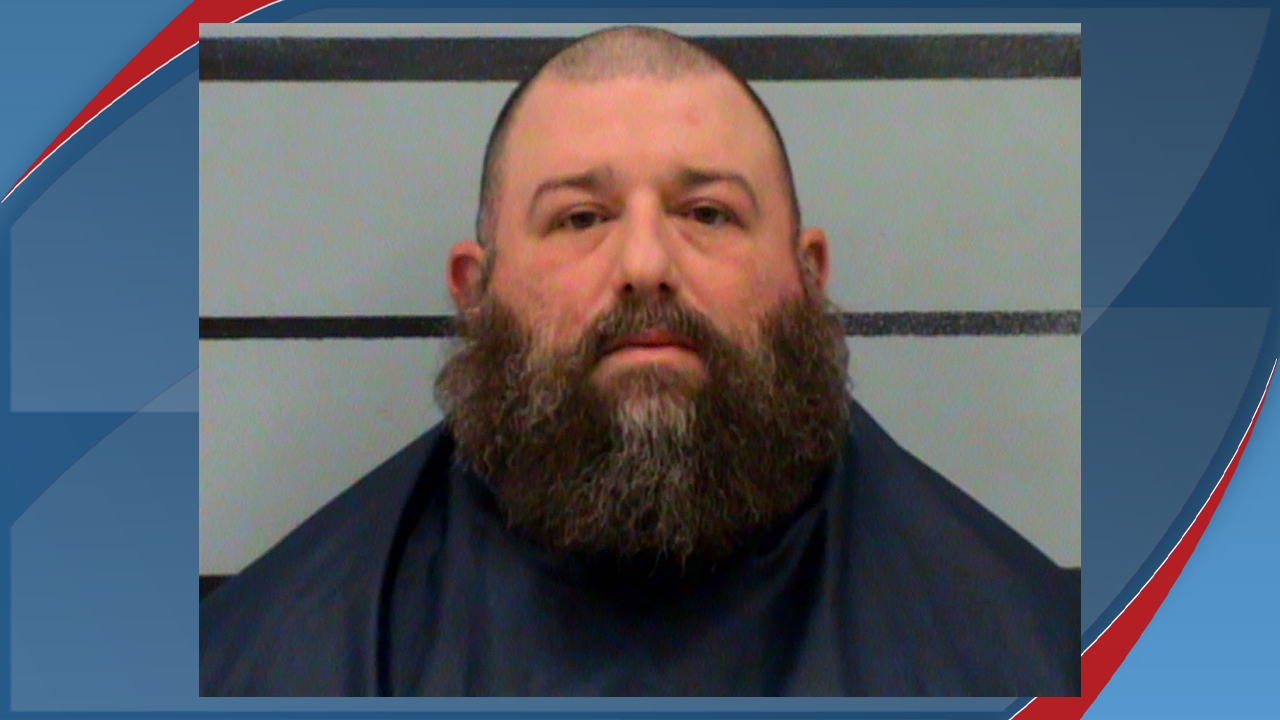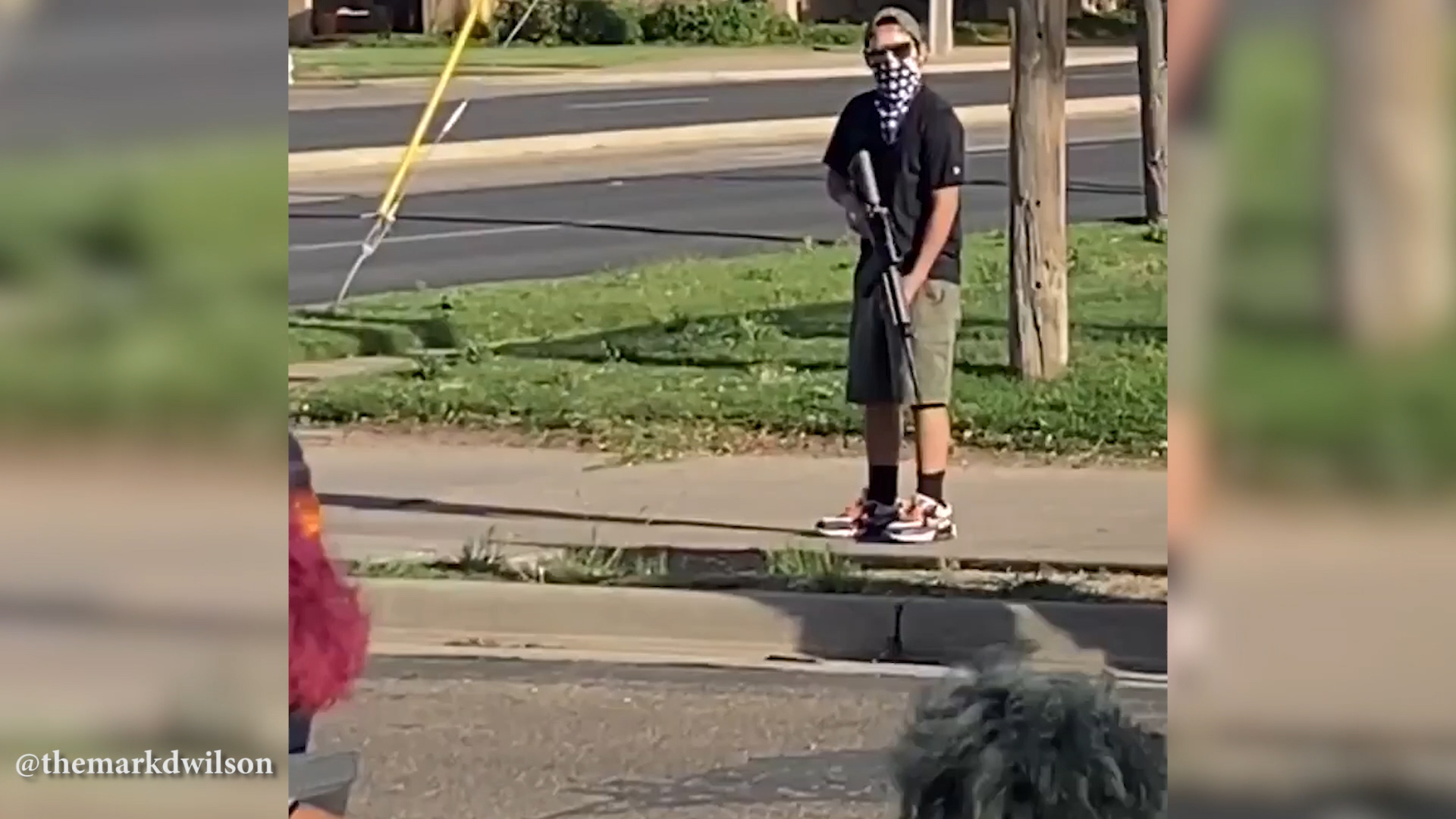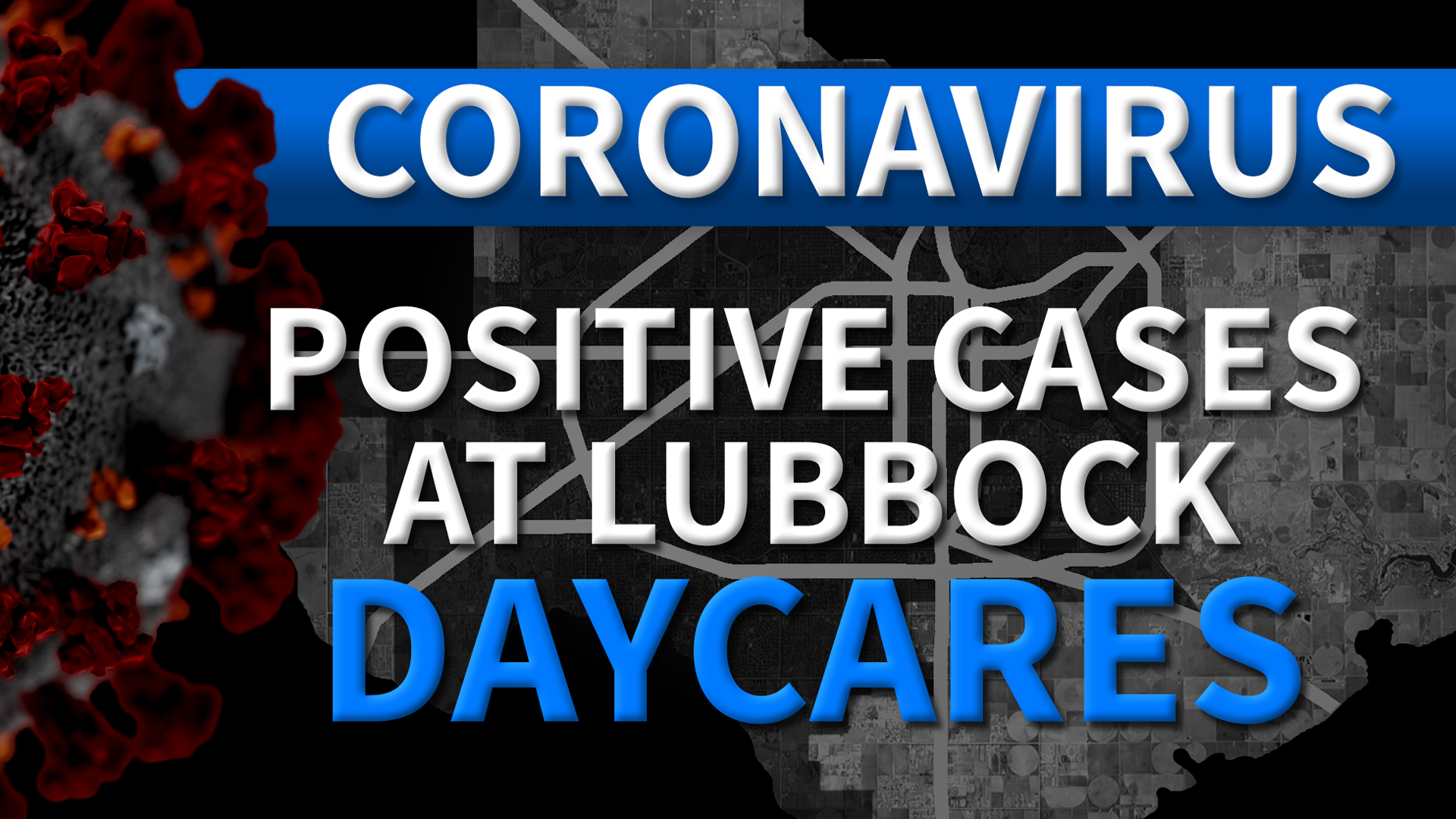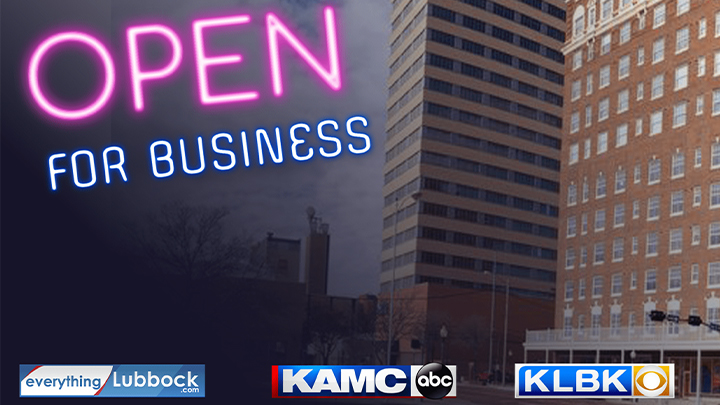AUSTIN (KXAN) — Villain number one for the Austin Independent School District and many other districts is the state policy known as “Robin Hood.“ Public school advocates have been trying to take it out for years.
“We’re contemplating things like school closures and consolidations,“ said Nicole Conley Johnson, Chief Financial Officers at AISD last year during an interview on KXAN. “All at a time when taxpayers are paying more.“
Texas’s school finance system is a complicated web of formulas, but here are the basics: Each district is allowed $5,140 per student to start. That money comes from local property taxes first. Some property-rich places can fill that up all the way. Then money over that — the “recapture“ — goes back to the state to help fill up property-poor districts.
Robin Hood: Take from property-rich to give to property-poor. The idea is that every child, no matter where they live, should be worth the same amount of money.
Here’s why it’s now a political problem:
“We must finally rein in skyrocketing property taxes in Texas,“ said Governor Greg Abbott during his second inaugural speech outside the capitol to kick off the legislative session.
More people move to Texas and property values rise with the housing demand. Since school money pulls from property taxes first, districts pay more locally.
Take Central Texas. When recapture started, only one district paid into Robin Hood. It used to be just wealthy suburbs and areas with oil and gas. Now, large urban districts with a lot of poor, English as a second language and special needs students pay into it.
With rising values, now 13 districts pay into it in central Texas; 191 across the state.
Austin pays the most in Robin Hood, sending around half of its money to the state. So now, the state can pay less to achieve that per-student allotment. The Texas Education Agency expects to pay $3.5 billion dollars less this budget than the last budget.
Property taxpayers are feeling squeezed. So if voters don’t want Robin Hood, why can’t we scrap it?
“It wouldn’t be constitutional. You’d run right smack into the supreme court,“ said UT Law professor Scott McCown. He’d know. This all started in 1984 when the courts sided with the Edgewood School District in a lawsuit against the state. From 1990 to 2002, McCown was the district judge over the case.
According to the Texas Consitution, every student has to be educated to maintain our rights and liberties. Before Edgewood, McCown says, some districts were the best in the nation, while some could barely keep the lights on.
“The school districts that had the resources would not vote for taxes to fund the school districts that didn’t. So the idea was, we don’t care what you spend, just do it equally so it’s an equal playing field,“ McCown said.
Most lawmakers know they can’t kill Robin Hood completely this session.
When asked by the Texas Tribune’s Evan Smith in an interview if “Robin Hood“ was going to be killed this session, new Speaker of the Texas House Dennis Bonnen said: “That would be an ignorant thing to say because we don’t have the dollars to declare it dead. It should be rebalanced and overwhelmingly reduced. If it were dead, we’d all be back in court, losing on equity.“
So what are some realistic solutions?
Lawmakers can raise the basic amount per student, so rich districts can keep more of their property taxes and the state would pay more for property-poor areas.
They could cap the amount of property taxes collected, meaning the state would be forced to pump in more money unless it wants huge cuts in education.
Or, they could put in additional money streams for teachers, at-risk areas or good performance. They’re working on those issues now but don’t expect them to end “Robin Hood” completely anytime soon.










